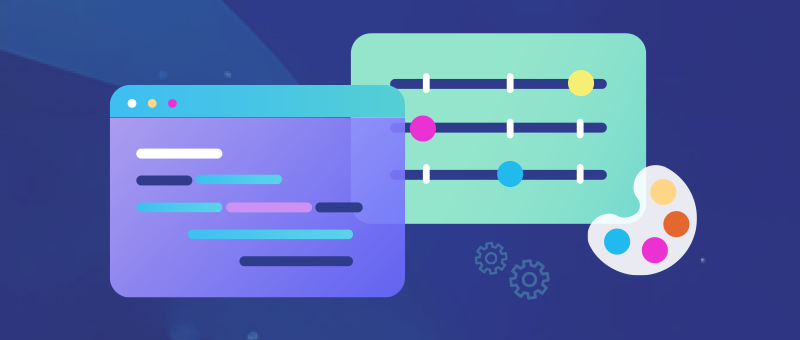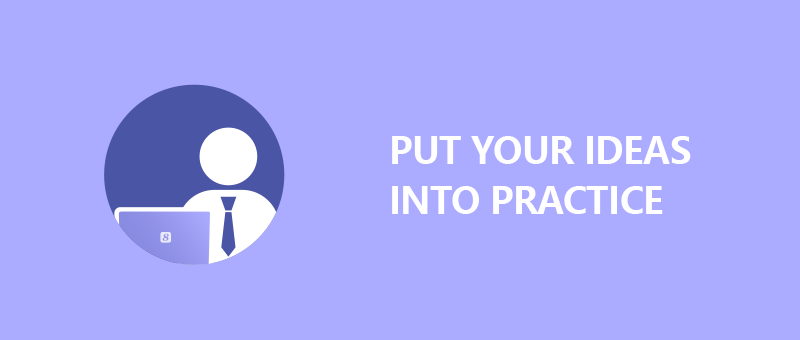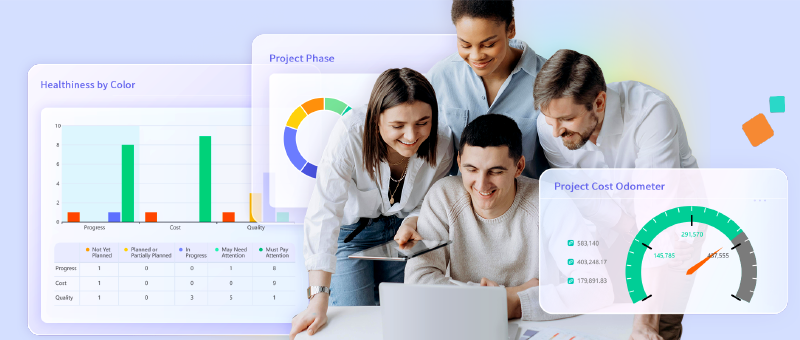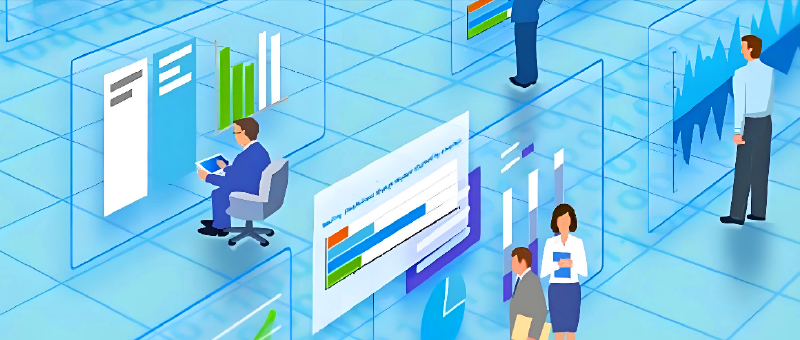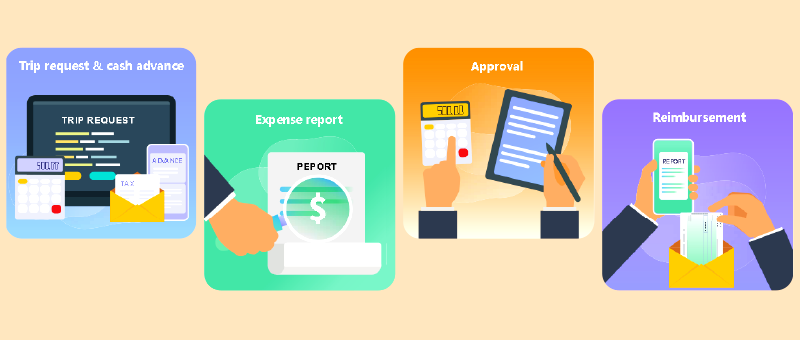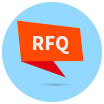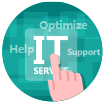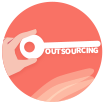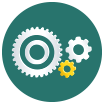e-Procurement Solution for Utilities
Challenge
The utility industry has changed significantly over the past few decades. Shifts in energy demand lead to fluctuations in corporate profit margins, but not operating costs.
Many utilities cut costs by automating back-office processes, such as automating procurement processes.

In procurement activities, manual procurement will create blind spots. Because of the utilities’ business structure, this could do more damage to them. Survey results show that utilities tend to have fewer centralized procurement processes than organizations in other U.S. industries. Decentralized procurement sometimes leads to lower spend visibility and inefficiencies between procurement and accounting, especially when the business does not have an e-procurement solution.
The combination of low automation and disjointed procurement processes limits companies’ visibility into spend data and procurement activity across teams and locations, resulting in higher rates of procurement-related issues and data discrepancies. The findings confirm this issue—when asked about expectations for improvements to the procurement process, organizations in the utility industry were most concerned with improving spend visibility and data accuracy.
Visibility and data accuracy are top concerns for utilities, a fact that is not surprising given the industry’s tendency to rely heavily on budget- and project-based procurement strategies. Keeping budgets and projects aligned requires high levels of transparency, control and high-frequency communication between applicants, approvers and suppliers. The findings show that electronic procurement automation can bring the improvements that many utilities seek, including control and visibility of the purchasing process.
There are many other ways in which e-procurement can improve a utility’s processes, such as providing a comprehensive purchase order management tool that incorporates internal budget controls. The following sections will explore electronic procurement software tailored for utility companies.
8Manage e-Procurement has functions such as requisition creation and workflow tools, supplier product information retrieval, purchase order creation tools, order life cycle management, and integration with accounting and enterprise resource planning (ERP) systems. 8Manage e-Procurement provides extensive control in many P2P areas, including approval processes. Thanks to this control, administrators are able to create detailed wiring and approval structures to quickly send documents and maintain the security of sensitive financial data. Additionally, organizations can configure role-based access to the system or restrict certain purchases based on spending categories.
Besides spend control, 8Manage e-Procurement offers visibility into all activities on the platform. The audit trail records cover the entire purchase requisition and purchase life cycle, and administrators and approvers can view the real-time approval and order status at any time. This removes the P2P lifecycle blind spots that often arise in manual processes, facilitating regulatory compliance in future audits.
8Manage e-Procurement is easy to adopt and its integrated budget management, electronic procurement and management accounting support centralized management and control. Organizations can control which account codes are available and which account codes can be set to default, reducing data errors from the beginning of the order lifecycle.
8Manages e-Procurement capabilities can improve the procurement business of utility companies, and the following will detail related methods.
Utilities have historically used budget-based and project-based procurement strategies to help companies take control of their finances. However, operating with shrinking departmental budgets led to mounting internal pressures, and these strategies proved less useful. E-Procurement solutions tailored to the needs of the utility industry enable organizations to understand the potential impact of procurement on budgets before spending is incurred. If spending exceeds budget limits, the solution displays a warning icon or sends a purchase request through a dedicated approval process.
Another must-have feature for utilities with large project purchasing is the ability to create a project-specific purchase request. E-procurement software automatically links purchase requests to project-based activities in project management systems and other financial systems. This automation enables applicants and purchasers to remain compliant and have real-time visibility into projects. Procurement solutions should provide native project management capabilities, work with third-party project management systems, or integrate with the customers’ existing project management systems.
The shift in customer expectations has significantly changed the business environment for the utility industry, both internally and externally. In some areas, companies that have not experienced intense competition in their local markets are trying to retain customers who have new options for how and where to get utility equipment. To survive in this competitive environment, institutions must do more than changing the way they source and deliver services – they must adopt greener sustainable models in all areas of their business. Electronic procurement software can not only lower costs, but also reduce the carbon footprint of enterprises by curbing paper consumption.
This shows utility customers that they are ready to take the necessary actions to meet customer expectations for green procurement.
Managing procurement using manual processes often requires more time not only to perform basic procurement functions, but also to troubleshoot issues arising from poor visibility and limited spend control. In the ever-changing environment of the utility industry, utilities must be innovative and competitive in order to operate. Solving problems caused by inefficient procurement should not be an obstacle to completing plans and achieving goals. By eliminating manual processes and automating procurement, companies are able to reallocate labor and resources from low-value tasks to more strategic initiatives. For some companies, the ability to shift the focus from tactical procurement to strategic procurement can go a long way toward solidifying the future of the business.



